Các danh mục hàng đầu

Phụ kiện tóc

Trang sức

Đồng hồ đeo tay

Kính

Làm đồ trang sức

Trang sức thông minh

Đồ trang sức Bao bì & hiển thị

Bộ Trang Sức Thời Trang

Bộ Trang Sức Nữ Cao Cấp

Phụ kiện kính mắt

Phụ kiện & phụ tùng đồng hồ
About products and suppliers
Alibaba.com cung cấp các sản phẩm 609 giá thanh đồng 200mm. Có rất nhiều giá thanh đồng 200mm lựa chọn dành cho bạn, chẳng hạn như cắt, hàn, và uốn. Bạn cũng có thể chọn từ công nghiệp, xây dựng, và trang trí giá thanh đồng 200mm. Cũng như từ không-hợp kim, là hợp kim giá thanh đồng 200mm.Và bất kể giá thanh đồng 200mm là tinh khiết đồng, màu đỏ đồng, hay kim loại.
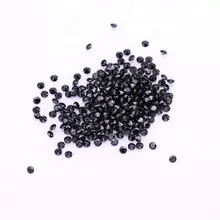

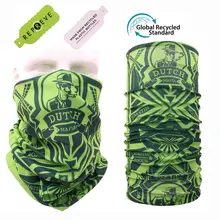
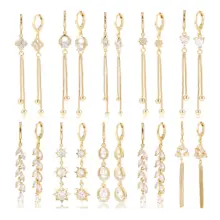





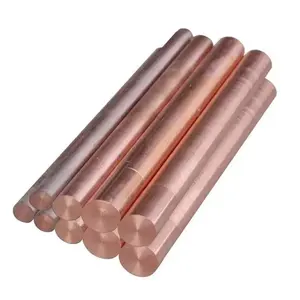

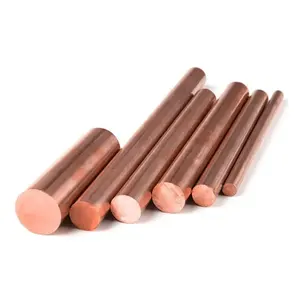



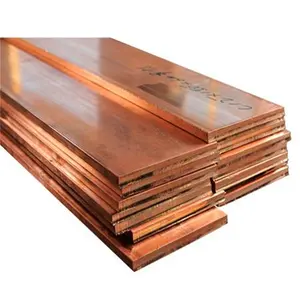








 浙公网安备 33010002000092号
浙公网安备 33010002000092号 浙B2-20120091-4
浙B2-20120091-4